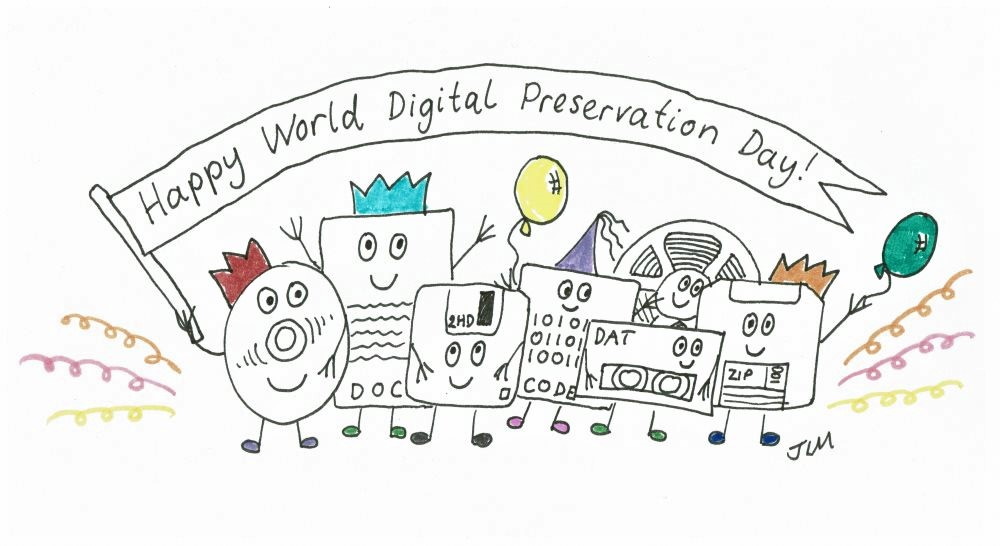#WDPD: Evolving repository definitions and descriptions
On World Digital Preservation Day we celebrate all things to do with digital preservation across the world. This year, the day’s theme is Preserving Our Digital Content: Celebrating Communities. We want to celebrate today by shining some light on the recent community-driven developments in the way repositories are defined and described. On this topic, the UK Data Service has written a blog for the Digital Preservation Coalition in collaboration with the CoreTrustSeal Board, of which DANS is also a member. In this post, we highlight the blog discussion and bring it to our own audience, also in a Dutch translation, to bridge the gap between the international and national community.
In 2024, the CoreTrustSeal Board worked to publish a series of related papers to open up community discussion on how repositories are defined and described. Part of the aim for these papers was to clarify which repositories are in scope to receive CoreTrustSeal, as this certification scheme is not suitable for all repository types.
Levels of curation and preservation
Not all repositories offer the same levels of care for the objects they hold, and these levels may even vary between objects within one repository. To be a trustworthy digital repository, it is important you transparently report information like this to your designated community and wider ecosystem. Curation is defined as the actions that deliver an immediate benefit to digital objects, whereas preservation is defined as the additional steps to ensure data and metadata remain accessible, usable, and understandable into the future. Through community consultation, the following levels of care have been defined:
- Level Zero. Content distributed as deposited. Unattended deposit-storage-access.
- Deposit Compliance. Non-compliance triggers action as required to meet defined criteria.
- Initial Curation. Repository takes action as required to meet defined criteria.
- Active Preservation. Long-term responsibility to take action as required to ensure reuse.
Types of repository
From these levels, repository types can be defined that supports clearer differentiation and selection of repositories:
- Retention Only. The repository has no further responsibilities other than to provide effective retention-based services.
- Deposit Compliance. The repository checks the deposited materials for compliance with defined criteria (e.g. specific data formats, metadata fields) and may reject data that do not meet these criteria. No initial curation or further preservation is offered.
- Initial Curation. The repository curates the deposited materials to ensure they meet defined criteria (e.g. converting file formats, correcting metadata). No further preservation is offered.
- Active Preservation. In addition to the other levels of care, this repository also takes long-term responsibility for ensuring that the data and metadata can be understood and used by the designated community.
Only repositories of the Active Preservation type are in scope of CoreTrustSeal.
Metadata characteristics
Considering the level of care a repository offers and an object receives, work has been done to consider what information on the repository and object level would be needed on each level. The table presentation of this can be seen in the working paper. Identifying these associated metadata has given insight into what information all repositories are expected to present about themselves and the objects they hold. Considering which elements of those are structured or standardised (e.g. expressions of time, dates, controlled vocabularies), helps advance the movement to more automated assessment of transparency of repositories.
These works are open for community consultation. You can join the conversation on the CoreTrustSeal website. The CoreTrustSeal Requirements are reviewed and updated through community consultation every three years. These new levels, typologies, and metadata expectations, may be included in the next version of the Requirements (2026-2028).
FAIR and Open dataRDM
